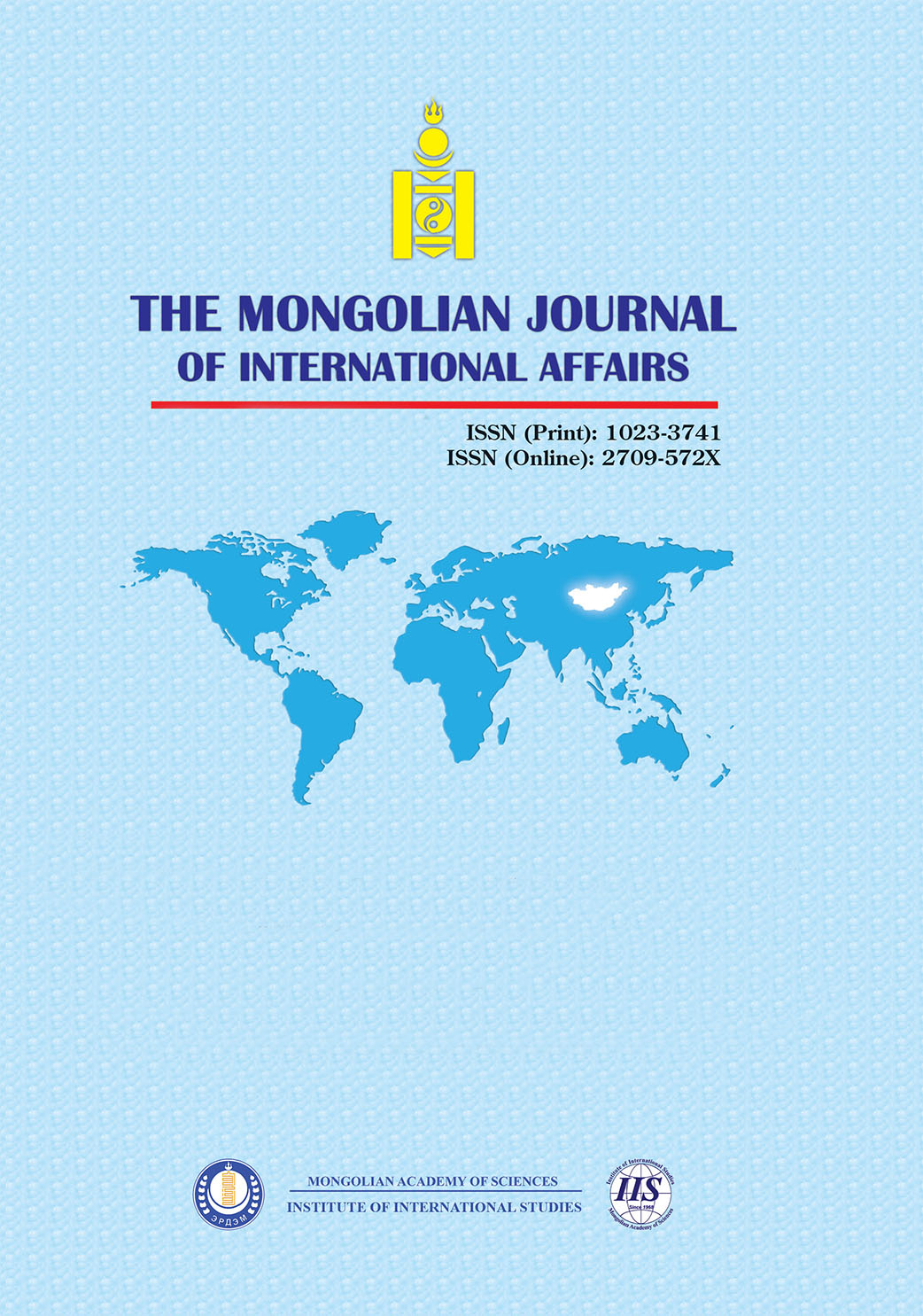Central Asia as a Continental Bridge or Thucydides Trap?
DOI:
https://doi.org/10.5564/mjia.v25i1.3614Keywords:
Central Asia, US-Chinese Relations, Silk RoadAbstract
When the Western press and media report on Xinjiang, they tend to focus on the situation of the Uyghurs in this autonomous region of China. The fact that Xinjiang is of the highest strategic importance for China as a raw materials base, gateway to Central Asia and starting point of the New Silk Road, which is orientated towards Europe, and that real geopolitics is all about precisely these things, is often neglected. Of course, the starting point of the New Silk Road is in the strategists' crosshairs and it goes without saying that Central Asia and the South Caucasus are also targeted. After all, the shortest transport corridors to Europe run through these areas, now that the transport routes via Russia have been cancelled by Russia's war in Ukraine. This is where the Chinese New Silk Road and the European Global Gateway meet. What is the situation in Central Asia? What role does the International Trans-Caspian Transport Route play? How are China, the USA and Europe acting where the future of the New Silk Road is ultimately at stake? This article aims to provide a few answers to these questions, which should therefore only be understood as an approach to the topic of "Central Asia as a continental bridge or Thucydides' trap?".
Downloads
509
Downloads
Published
How to Cite
Issue
Section
License
Copyright (c) 2024 Udo B. Barkmann

This work is licensed under a Creative Commons Attribution 4.0 International License.
Copyright on any research article in the Mongolian Journal of International Affairs is retained by the author(s).
The authors grant the Mongolian Journal of International Affairs a license to publish the article and identify itself as the original publisher.

Articles in the Mongolian Journal of International Affairs are Open Access articles published under a Creative Commons Attribution 4.0 International License CC BY.
This license permits use, distribution and reproduction in any medium, provided the original work is properly cited.

